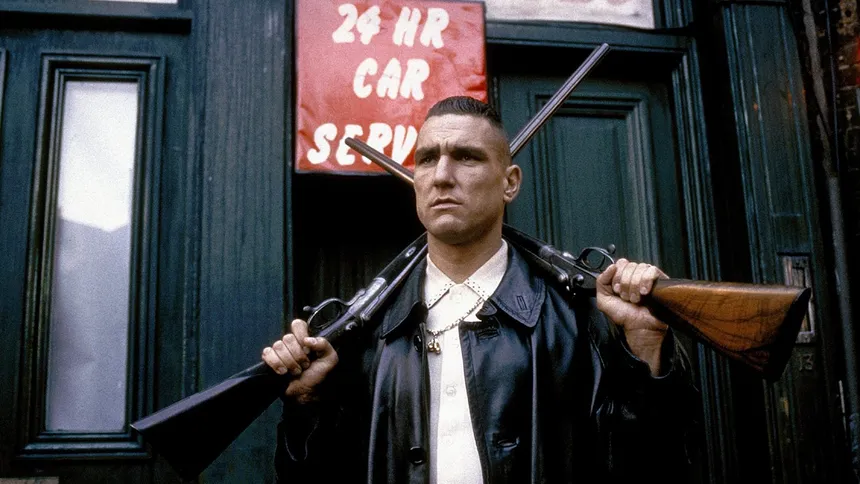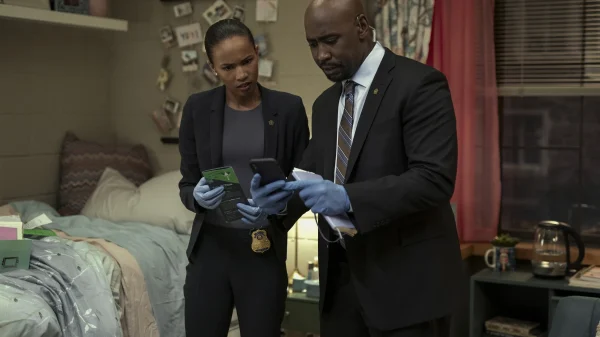Guy Ritchie’s directorial debut, Lock, Stock and Two Smoking Barrels, stands out as a unique and influential chapter in crime film history. Released in 1998, the film defied expectations with its unconventional narrative, natural dialogue, and nonchalant violence. More than just a charming story, it became a blueprint for Ritchie’s distinctive filmmaking style.
The screenplay for Lock, Stock and Two Smoking Barrels was far from conventional. Written on napkins and incomplete notebooks, it defied the rigid structures of traditional Hollywood screenplays. This unorthodox approach resulted in a non-linear narrative with moments of absurdist humor, unpredictable action, and unexpected violence.
The film’s success lies in its heartfelt portrayal of a group of London gangsters and their desperate struggles. The characters’ witty banter, infused with local slang, felt refreshingly authentic. This genuine tone and its sly humor resonated with audiences, establishing Ritchie as a visionary storyteller.

A Still From Lock, Stock and Two Smoking Barrels (Via IMDB)
Beyond the unique narrative and language, Lock, Stock and Two Smoking Barrels established the hallmarks of Ritchie’s signature style. The film’s stylistic elements, such as freeze frames, slow motion, and cheeky voiceovers, became recurring features in his subsequent projects.
The film’s influence extends far beyond its individual achievements. It laid the groundwork for Ritchie’s successful career, inspiring a generation of filmmakers with its gritty realism and playful humor. Subsequent crime films like Snatch and even Hollywood blockbusters like Aladdin all bear the distinct stamp of Lock, Stock and Two Smoking Barrels.
























